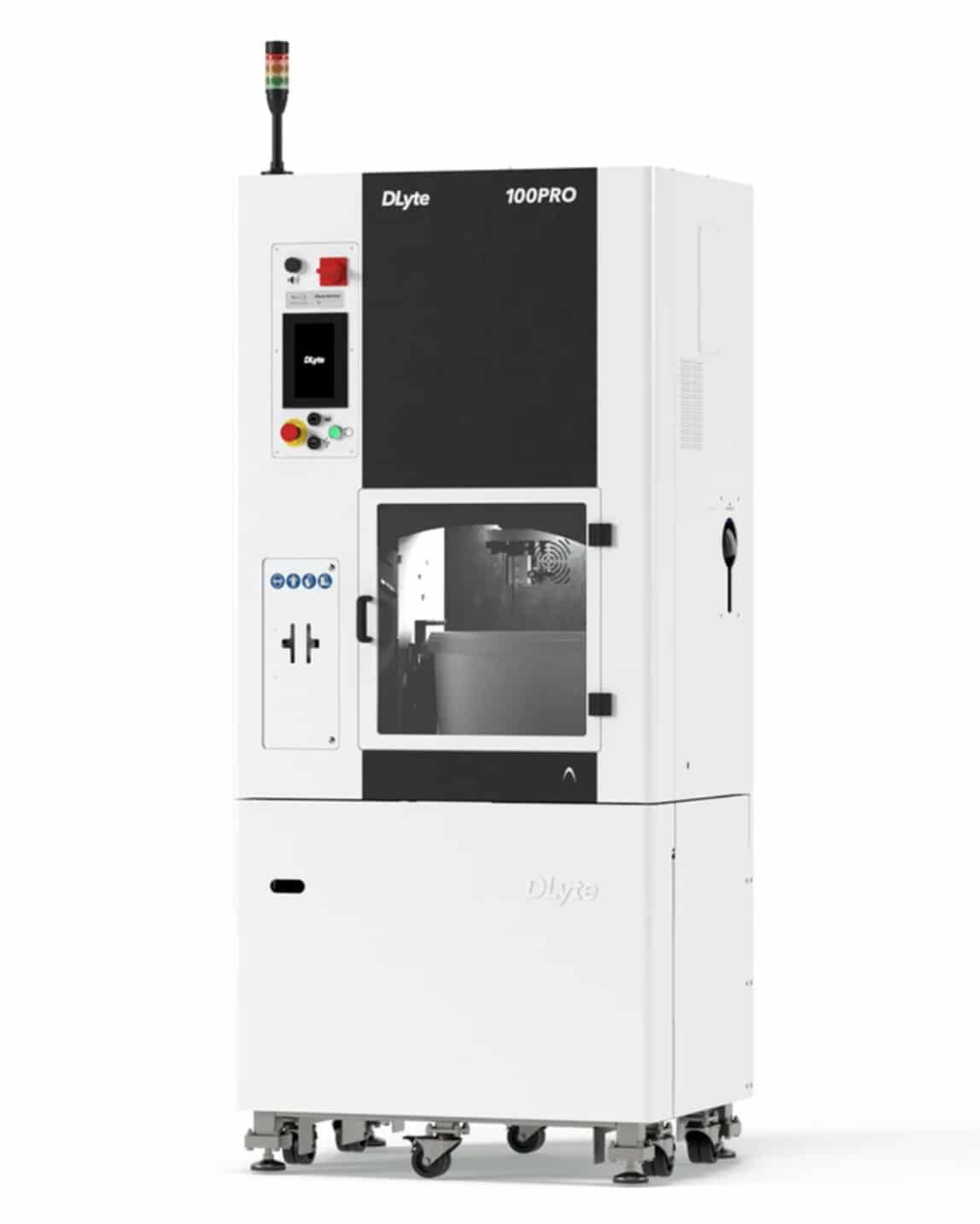GPAINNOVA, one of the leading technology groups specializing in surface finishing solutions for metal parts, has released the DLyte 100PRO, one of the largest and most advanced compact machines for industrial applications based on dry electropolishing. This new equipment overcomes some of the current constraints of traditional polishing machines and offers a wider range of options to automate post-processing in industrial sectors.

DLyte 100PRO is well-suited to treat the most common metals used by the industry – including steel, cobalt-chrome, titanium, copper-based, nickel-based, and aluminum groups.
Manufacturing on Demand
This compact machine also fulfills the required specifications for the highly demanding standards of, for example, the medical device industry. Its advanced software logs key parameters and warnings within the process – assuring traceability of the processed batch. All data can be easily extracted and analyzed through ethernet and USB ports. The new hardware enhances the user experience with advanced PLC electronics and is designed with robust and reliable mechanics to work continuously in mass production. The new DLyte 100PRO equipment improves the performance of the current DLyte 100 – by applying asymmetric pulses and parameter concatenation. It is also able to increase the electrolyte media lifespan, thanks to a precise process monitoring and media conditioning system.
Additionally, its new safety system includes a warning light tower, which indicates the machine’s status, and an anti-sabotage security system.
DLyte 100PRO combines a planetary movement and a vertical back-and-forth motion, inside the drum, containing the electrolyte media. The new machine’s advanced PLC-based electronics allow the user to apply asymmetric pulses with low and high frequency, and parameter concatenation. The machine’s electrolyte lifespan is based on metal extraction and can calculate the remaining media lifespan of the electrolyte – based on material removal. Thanks to the independent conductivity and temperature probes, it provides readings to the automatic electrolyte conditioning system – optimizing performance and its usable life.
* This article is reprinted from 3D Printing Media Network. If you are involved in infringement, please contact us to delete it.
Author: Edward Wakefield

Leave A Comment